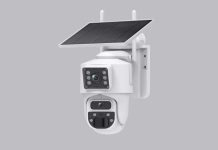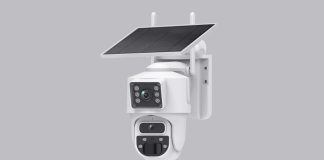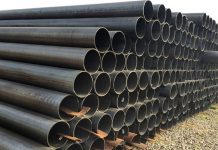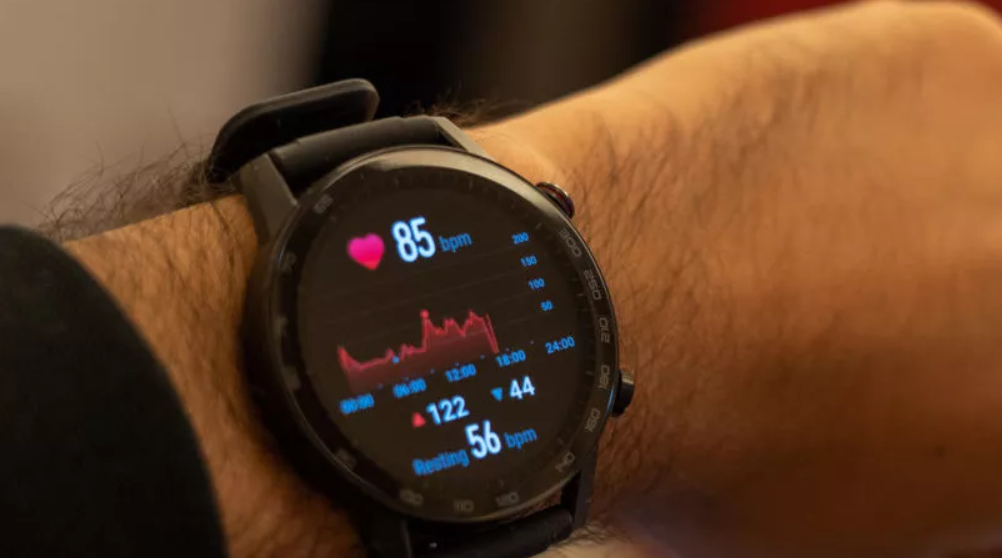Class 4 lasers are a kind of laser therapy that works with certain light wavelengths, like red and near-infrared, to treat certain conditions in the body. These lasers have an advantage over class 3 lasers because of their reputation for carrying light into deeper tissues. For many musculoskeletal ailments, class 4 laser therapy has become the standard of care.
It is used to relieve symptoms like pain, edema, and reduced range of motion. Class IV lasers are shining examples of therapeutic potential in the rapidly developing fields of medicine and rehabilitation sciences, providing a non-invasive and incredibly successful treatment for a wide range of medical ailments. These lasers, which stand out for their tremendous power output, are used in many different medical specialties visit healthcaremarts.com for more details about class 4 lasers.
The Functions of Class IV Lasers in the Fields of Medicine and Rehabilitation
The following are a few uses of Class IV lasers in the sciences of medicine and rehabilitation:
Pain Control: A Glimmer of Hope
Class IV lasers are now a crucial part of pain management, giving those who are suffering from acute or chronic pain a glimmer of hope. Deep tissue penetration of laser energy, which increases cellular activity and causes the release of endorphins, is the mechanism of action. This dual impact raises the threshold for pain perception while attenuating pain signals. Class IV laser therapy has shown promise in the treatment of musculoskeletal ailments, fibromyalgia, and arthritis.
Tissue Regeneration and Repair: Using Photonic Power
The capacity of Class IV lasers to speed tissue regeneration and healing is one of their amazing features. These lasers help wounds, traumas, and post-surgical recovery heal by stimulating cellular metabolism and raising ATP generation. Tissues that have been infused with photonic power set off a series of biological reactions that facilitate effective cellular regeneration and repair.
Inflammatory Conditions:
Therapeutic Counteragent Class IV lasers pose a serious threat to inflammation, which is a common factor in several medical disorders. By regulating the immune system and lowering the generation of pro-inflammatory cytokines, these lasers have anti-inflammatory properties. For the treatment of ailments like bursitis, tendinitis, and inflammatory joint problems, they are therefore indispensable. Class IV lasers have a greater overall therapeutic effect when they can reduce inflammation.
Sports Medicine: Accelerating Recuperation
Due to their intense training schedules and high risk of injury, athletes are increasingly using Class IV laser therapy to speed up their recuperation. Sports-related injuries such as ligament sprains, soft tissue trauma, and muscular strains are effectively treated with these lasers. Class IV lasers’ deep tissue penetration goes straight to the source of the injury, accelerating healing and reducing recovery time for athletes who want to get back to their best.
Physical Therapy and Rehabilitation: Illuminating the Road to Recovery
Class IV lasers are now widely accepted by physical therapists as indispensable resources for rehabilitation initiatives. Encouraging tissue repair, decreasing muscle spasms, and increasing range of motion, including laser therapy improves the results of manual therapies and exercises. In light of this, Class IV lasers can help patients recuperating from surgery, trauma, or long-term illnesses heal more quickly and effectively.
Neurological Rehabilitation: Illuminating Neural Rejuvenation
There is growing recognition of the potential of Class IV lasers in the field of neurological rehabilitation. Laser therapy’s neurostimulatory effects have demonstrated potential for treating illnesses like peripheral neuropathy and stroke rehabilitation. Class IV lasers are an attractive modality in the developing field of neurology because of their capacity to increase neuroplasticity and stimulate neuronal regeneration.
Painless Acupuncture: A Contemporary Take on Conventional Medicine
Additionally, class IV lasers have found a market by offering a painless substitute for conventional acupuncture. Without using needles, laser acupuncture stimulates the flow of energy (Qi) by applying laser light to certain acupuncture locations. This method makes acupuncture principles more widely available and is especially appealing to people who are uncomfortable with needle-based therapy.
End Summary
In the fields of medicine and rehabilitation sciences, class IV lasers are invaluable partners because they provide flexible options for neurological rehabilitation, tissue healing, and pain control. Their capacity to reach deep tissues, control inflammation, and quicken the healing process creates new opportunities for better patient outcomes and shows the way toward greater health and recuperation.



















